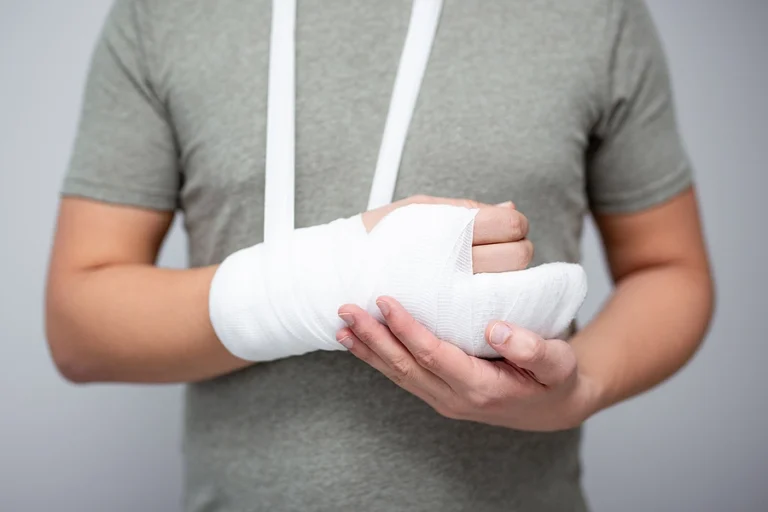The Role of Surveillance Footage in Florida Personal Injury Cases

Surveillance footage can play a crucial role in personal injury cases in Florida, offering key evidence that can influence the outcome of a claim. Here’s a look at how this type of evidence can be used and its significance in personal injury cases.
Providing Objective Evidence
Surveillance footage provides an unbiased account of the events leading up to, during, and after an accident. This objective evidence can clarify the sequence of events, helping to establish liability. For example, footage from a traffic camera or security camera can show exactly how an accident occurred, which can be crucial in determining fault.
Supporting Claims of Injuries
In cases where injuries are disputed, surveillance footage can offer valuable evidence. Video footage can capture the impact of the accident and the immediate aftermath, which can be useful in demonstrating the severity of the injuries sustained. This evidence can support claims about the extent of physical harm and the need for medical treatment.
Verifying Witness Testimonies
Footage can also corroborate or challenge witness testimonies. Witnesses might have different perspectives or recollections of an event, and surveillance footage can provide a clear and accurate account. This can be particularly important in cases where witness statements are conflicting or unclear.
Tracking Changes in Circumstances
In personal injury cases, it is often important to show how an accident has affected the victim’s life over time. Surveillance footage can help track changes in the victim’s daily activities and abilities. For example, video footage from a security camera can show a victim’s reduced mobility or difficulties with daily tasks, supporting claims about the impact of the injuries.
Handling Legal and Insurance Processes
Incorporating surveillance footage into legal and insurance processes requires careful handling. It must be properly authenticated and preserved to ensure its admissibility in court or during negotiations. Legal procedures might involve obtaining a subpoena for footage, especially if it is held by private entities such as businesses or property owners.
Understanding the Limits of Surveillance Footage
While surveillance footage can be powerful evidence, it also has limitations. It may not capture every detail or perspective of an incident, and its quality can vary. Additionally, footage might be missing or unavailable, especially if the cameras were not functioning or the footage was overwritten.
Consult with a Personal Injury Attorney
Given the complexities involved in gathering and using surveillance footage, it is advisable to consult with a personal injury attorney. An attorney can help you obtain the necessary footage, ensure it is properly handled, and use it effectively to support your case.
Conclusion
Surveillance footage can significantly impact personal injury cases by providing clear, objective evidence. Understanding its role and working with a personal injury attorney can help you leverage this evidence to strengthen your claim and pursue the compensation you deserve.
